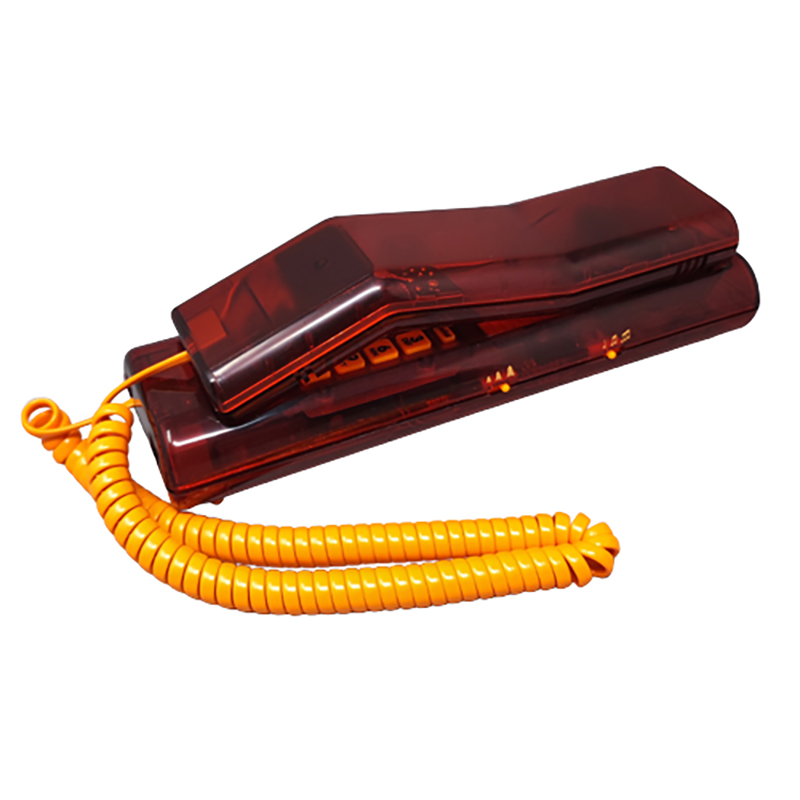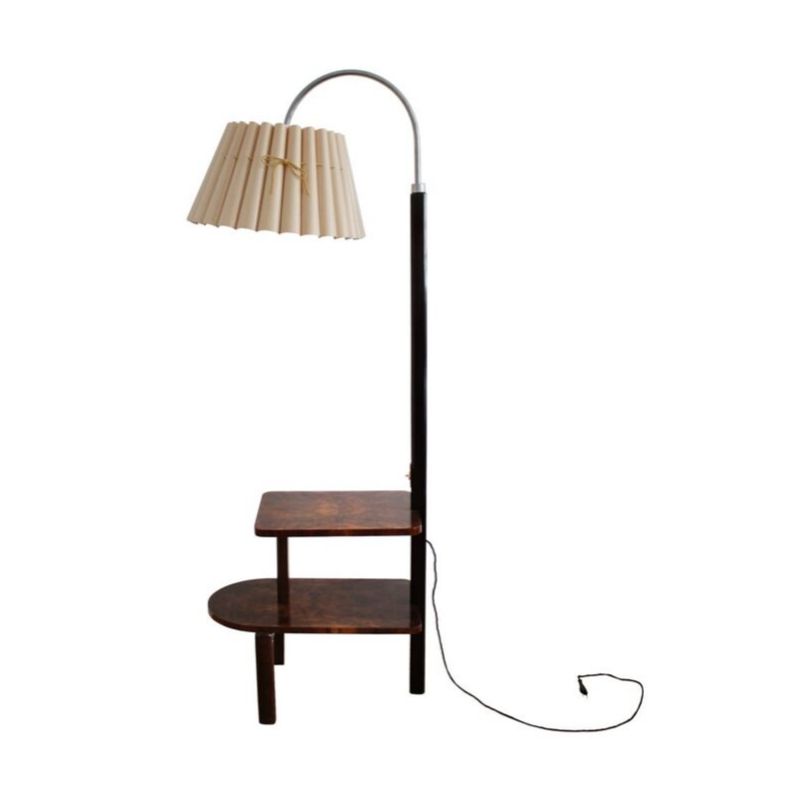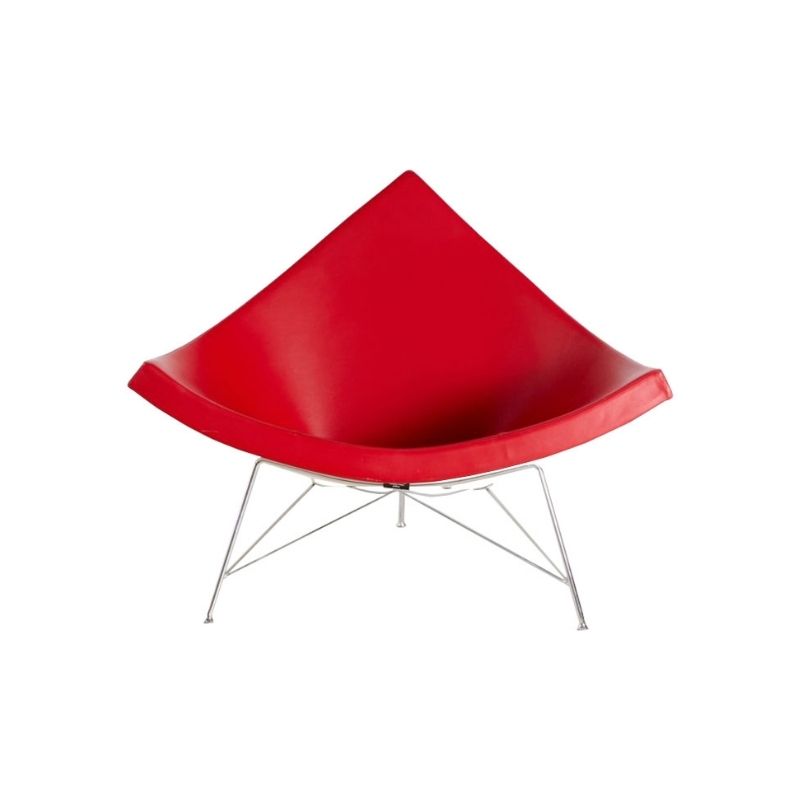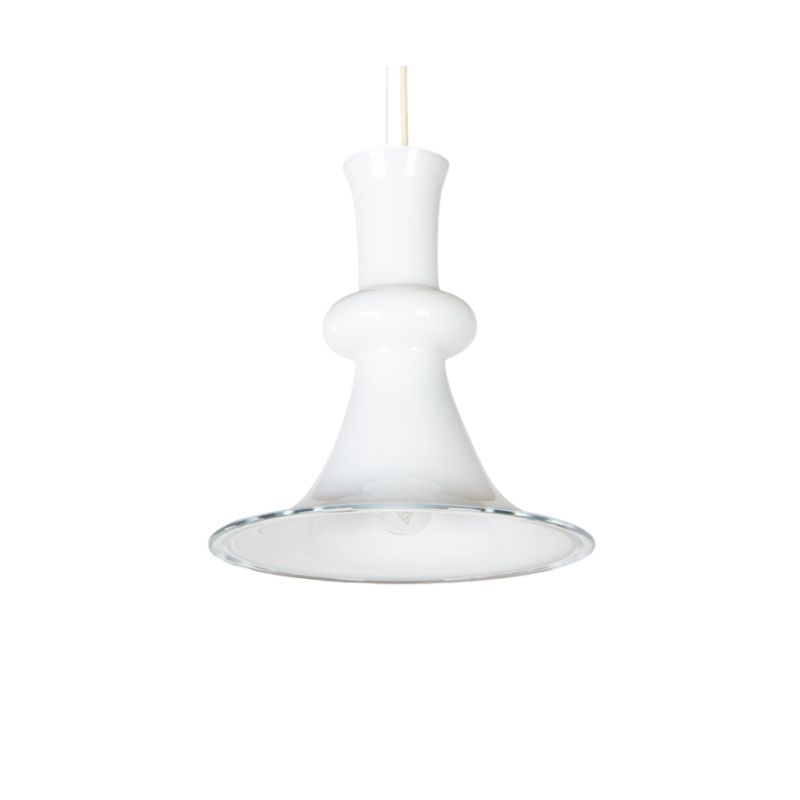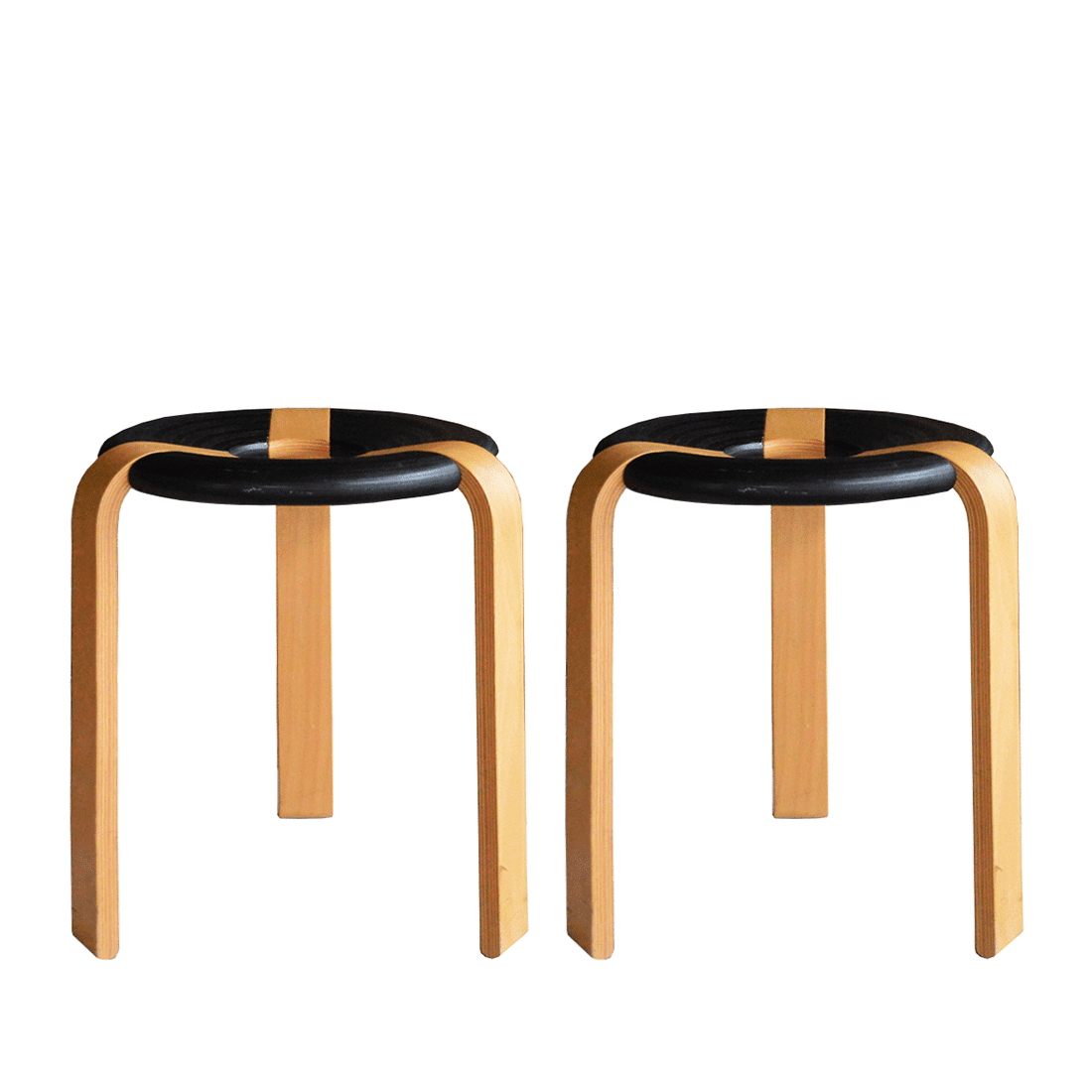GO TO....
FindArtInfo - Great For Research - Here's The Link To Your Artist. You Can Also Go To The Home Page - Then Advance Search - Put In Any Artist Name - & It Will Search All Possibilities. Here's Your Link ( http://www.findartinfo.com/search/listprices.asp?keyword=56897&name=Kare... ). Good Luck. Rich
http://www.findartinfo.com/search/listprices.asp?keyword=56897&name=Kare...
The artist's proof was a form...
The artist's proof was a form of payment to the artist. It's just custom now but the A/P's at one point were something the artist could sell and keep the profit from rather then the publisher. Usually 10% of an edition goes to the artist. In my experience the numbered prints are more sought after and more valuable. With an edition of 1,000 you may find 100 A/P's but you never know with something that isn't numbered. With a print that is numbered you know how many others are out there and then based on rarity can make a better valuation. The print that is approved by the artist is signed B.A.T. or bon à tirer which is French, meaning good to print. There is only one B.A.T. ever.
APs, of course, are often...
APs, of course, are often numbered as well (as are HCs and PPs). They're numbered in their own sequence: An edition of 150, with 10 Artist's Proofs (160 prints total) would be numbered 1/150, 2/150, ...., 150/150, then AP1/10, AP2/10, ...., AP10/10. Some artists also differentiate the APs by numbering them in Roman numerals rather than Arabic.
If you need any help, please contact us at – info@designaddict.com




